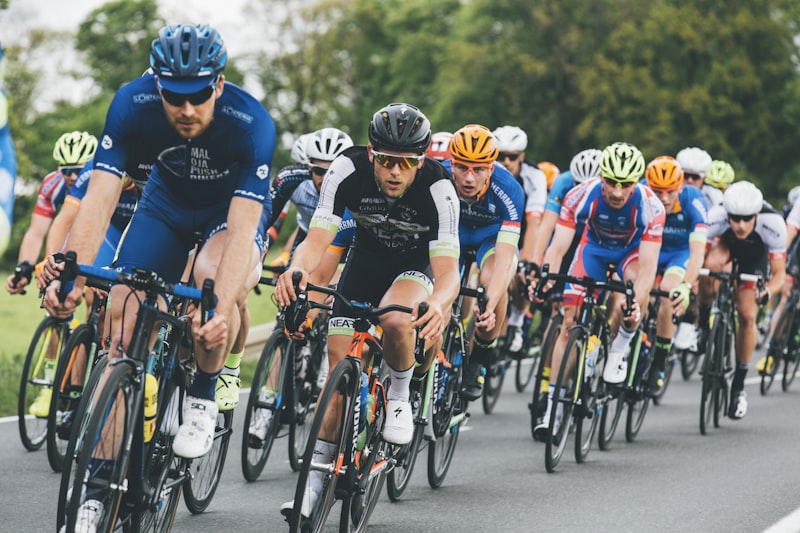Unit Conversions in Sports: How Measurements Impact Performance | EazyUnit Blog: Unit Conversion, Measurement, and Science
Explore how unit conversions play a crucial role in sports, from track and field to swimming, and how athletes and coaches use them to optimize performance. Explore unit conversions, measurement tips, and scientific insights for students, engineers, and curious minds.


Why Unit Conversions Matter in Sports
In the world of sports, precision is everything. Whether it’s the difference between a gold medal and a silver, or a new world record, accurate measurement and unit conversions are at the heart of fair competition and performance optimization. From the length of a marathon to the timing of a 100-meter sprint, athletes, coaches, and officials rely on standardized units and quick conversions to ensure results are meaningful and comparable across the globe.
For example, the International Association of Athletics Federations (World Athletics) standardizes track event distances globally, ensuring a 100-meter dash in Tokyo is the same as in Paris (World Athletics Technical Information).
According to the International Olympic Committee, over 200 countries participated in the 2024 Summer Olympics, with all track and field results measured in metric units (Olympics 2024 Athletics Results).

Common Unit Conversions in Sports
Track and Field
- Distance: 100 meters, 200 meters, 400 meters, and the classic mile (1 mile = 1609.34 meters)
- Relay splits: Converting between meters and yards for international vs. US competitions
Swimming
- Pool length: 25 meters (short course) vs. 50 meters (Olympic) vs. 25 yards (US)
- Timing: Converting between seconds and minutes for race analysis
Weightlifting
- Weight: Kilograms (Olympic standard) vs. pounds (US gyms); 1 kg = 2.20462 lbs
Soccer & Football
- Field size: Meters vs. yards (1 yard = 0.9144 meters)
- Ball pressure: psi vs. bar
How Conversions Impact Performance
Athletes and coaches use conversions to compare performances, set training targets, and analyze results. For example, a runner training in the US may need to convert their mile pace to 1500m splits for an international meet. Swimmers often convert times between yards and meters to gauge progress. Even equipment, like javelins or shot puts, must meet strict weight and length standards, requiring precise conversions.
Technology and Measurement
Modern sports analytics tools and wearables automatically convert units, but understanding the math behind the numbers is still essential for coaches and athletes. A small error in conversion can lead to misjudged strategies or missed records. In fact, a 2023 report by Grand View Research found that the global sports analytics market is expected to reach $8.4 billion by 2025, highlighting the growing reliance on data and measurement in sports.

Key Takeaways
- Unit conversions ensure fairness and comparability in sports
- Common conversions include distance, time, weight, and pressure
- Understanding conversions helps athletes and coaches optimize performance
References
- World Athletics Technical Information
- Olympics 2024 Athletics Results
- Grand View Research: Sports Analytics Market Report 2023
Frequently Asked Questions
Why are unit conversions important in sports?
Unit conversions ensure fair competition and accurate performance analysis across different sports and countries.
What are common units used in track and field?
Meters, yards, and miles are commonly used for distance events in track and field.
How do swimmers convert pool lengths?
Swimmers convert between meters and yards depending on the pool type and competition rules.